In October 2018, the Chula Vista Police Department (CVPD) launched the nation’s first Drone as First Responder (DFR) program, deploying drones to respond to 911 calls. Since then, the drones have flown nearly 20,000 missions, providing officers with critical intelligence before arriving on scene. While the department touts the program’s benefits, a WIRED investigation reveals a more complex picture, raising concerns about privacy, surveillance, and the uneven impact on low-income communities.
The Drone Program’s Rapid Expansion
What began as a modest program with two drones covering a one-mile radius has grown significantly. The CVPD now has a fleet of 32 drones equipped with high-definition cameras, speakers, and lights. The drones can fly across the entire city, and operators are trained to record video throughout each flight.
The program’s architect, retired Captain William “Fritz” Reber, framed the DFR program as a response to the 2016 police shooting of Alfred Olango in nearby El Cajon. However, public records show that the CVPD had been exploring drone use nearly a year before Olango’s death.
READ MORE: BLUE SUAS PROBLEMS AND FLORIDA DMS SECRETARY ACCUSED OF PIMPING FOR SKYDIO
Uneven Impact on Low-Income Neighborhoods
WIRED’s analysis of over 22 million flight coordinates found that drones are deployed more frequently in Chula Vista’s poorer, largely immigrant west side compared to wealthier east side neighborhoods. On average, each drone flight passes over 13 census blocks, potentially exposing around 4,700 residents to aerial surveillance.
While the CVPD attributes this disparity to higher crime rates in west side neighborhoods, the extensive footage captured by drones flying over backyards, public pools, schools, and other sensitive locations has left many residents feeling constantly watched and uneasy.
Concerns Over Transparency and Privacy
Despite the CVPD’s efforts to promote transparency through a public flight data portal, WIRED found that approximately one in 10 flights lacked a stated purpose and could not be linked to a 911 call. This discrepancy has raised questions about the reliability of the department’s transparency measures.
The CVPD has also fought to keep drone footage secret, arguing that disclosure would violate individuals’ privacy. A local newspaper, La Prensa, has been engaged in a legal battle to obtain the videos, with the city reportedly spending over $1 million to keep the footage under wraps.
Revolving Door Between Police and Drone Companies
As Chula Vista’s drone program has gained international attention, several former CVPD officials have transitioned to roles at Drone Companies. Retired Captain William “Fritz” Reber worked at Skydio for almost five years. This revolving door has raised concerns about the influence of private interests in the expansion of police drone programs.
Impact on Chula Vista’s Homeless Population
The city’s unhoused residents have been particularly affected by the DFR program. During the early months of the COVID-19 pandemic, drones were used to deliver public health announcements to homeless encampments, a tactic critics likened to those used by police states. Homeless individuals report feeling targeted by the drones and express a desire for resources to be directed toward housing and support services instead.
The Future of Police Drone Programs
As more cities look to emulate Chula Vista’s DFR model, the program’s impact on privacy, civil liberties, and community TRUST remains a critical concern. While the technology has the potential to improve public safety, its deployment must be carefully balanced against the rights and well-being of all residents, particularly those in marginalized communities.
DroneXL’s Take
The Chula Vista Police Department’s Drone as First Responder program showcases the potential for drones to enhance public safety and provide valuable intelligence to officers responding to emergencies. However, the concerns raised by WIRED’s investigation underscore the need for robust oversight, transparency, and community engagement in the deployment of this powerful technology.
As police drone programs continue to expand across the country, it is crucial that departments prioritize the protection of civil liberties and work to build trust with the communities they serve. This includes establishing clear guidelines for drone use, ensuring that deployment is proportional to the severity of the incident, and providing meaningful opportunities for public input and oversight.
While the DFR program has undoubtedly provided benefits to the CVPD and the residents of Chula Vista, the uneven impact on low-income neighborhoods and the potential for mission creep cannot be ignored. As the technology continues to advance, it is essential that its use is guided by a commitment to transparency, accountability, and the equitable protection of all citizens.
Discover more from DroneXL
Subscribe to get the latest posts to your email.

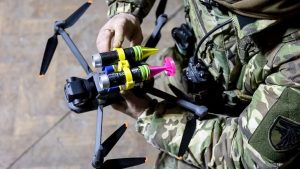

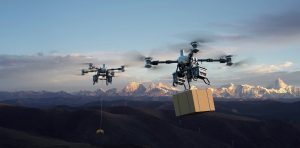
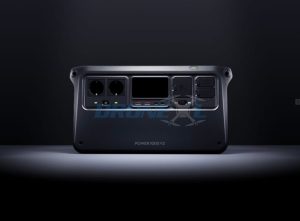
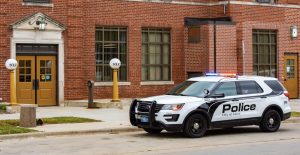


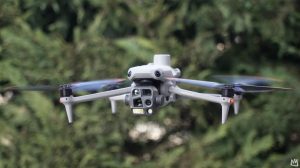
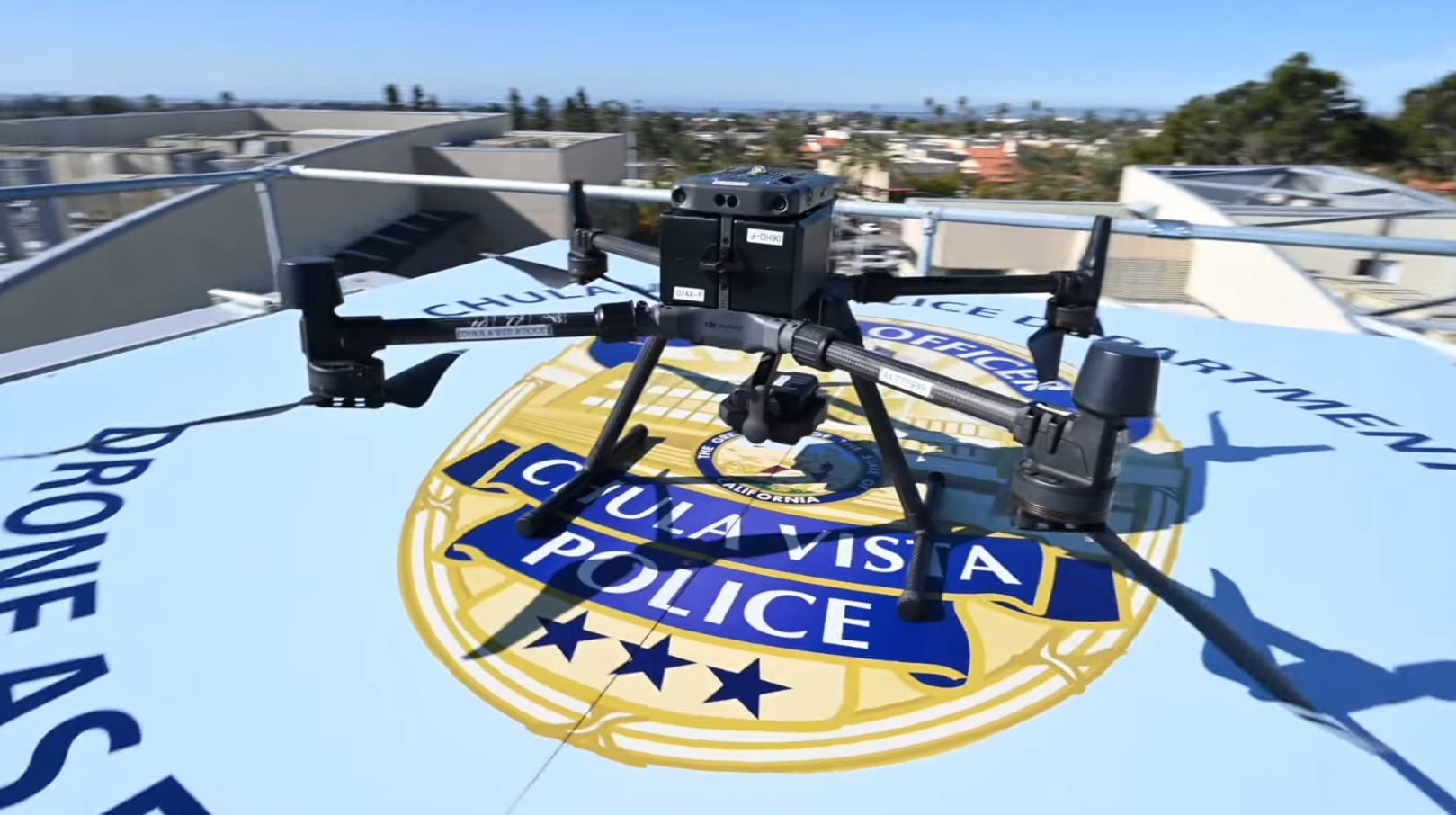
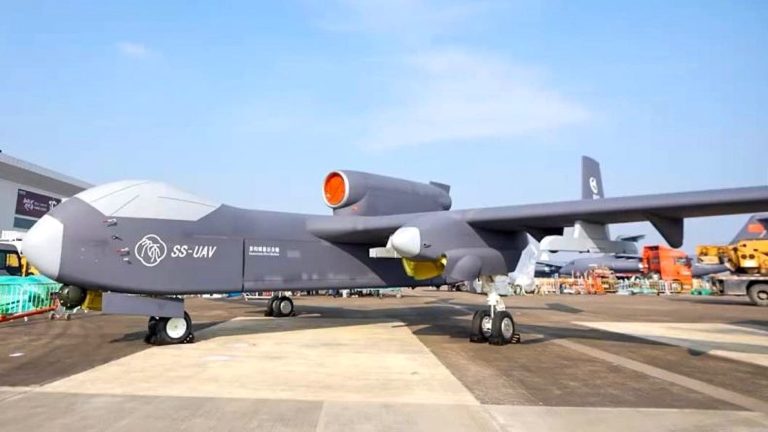

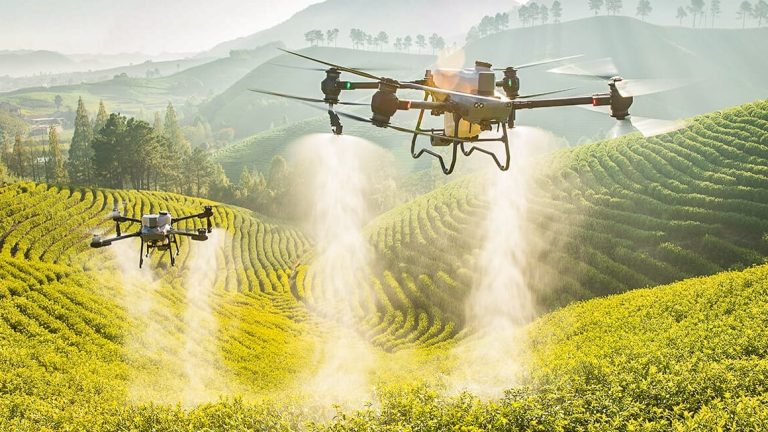
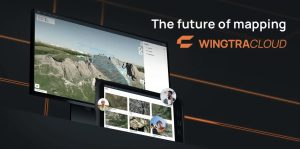
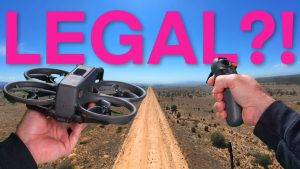
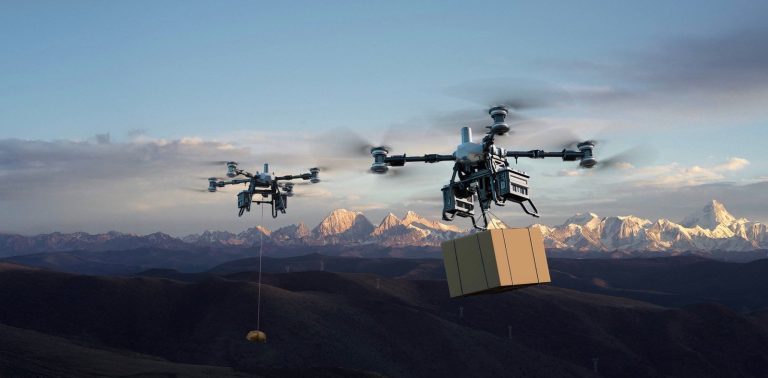




+ There are no comments
Add yours